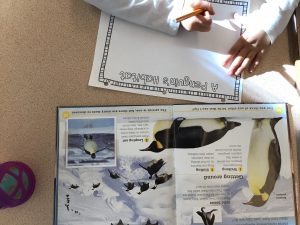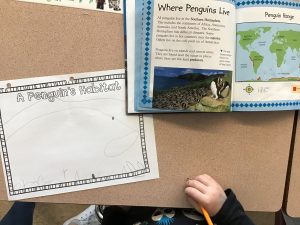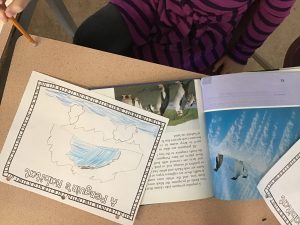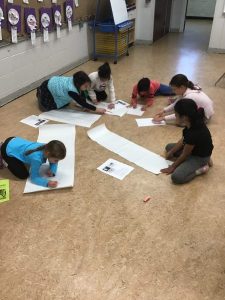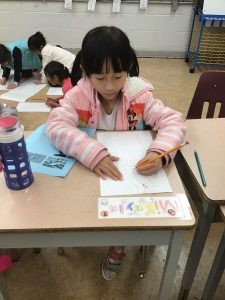The March of the Penguins is happening right outside our classroom door. The students of Division 7 did a terrific job in creating life size penguins of their choosing. Although there are 18 different species of penguins, Little Blue penguin was a popular choice due to the cuteness factor, and we do not have an example of each species of penguin. During writing we have been focused on instructional, how to writing. A composition that we wrote last month focused on how to make a (dinosaur, pumpkin, fairy, monster) potion, explaining to the reader how to make the potion correctly and what ingredients or materials were required. We incorporated our Science knowledge and understanding into instructional writing in the form of HOW TO BE a penguin.
Stay tuned to see our informational facts that we have collected about our specific penguin, this includes their specific habitat, diet, predators and an interesting fun fact!

Do you currently know any fun facts about the King, Emperor, Gentoo, Chinstrap or Little Blue penguins?
Read the following facts and take a thoughtful guess in what penguin this fact is describing.
- They lay their eggs during the coldest time of the year in the coldest part of the earth. What penguin is this?
- They are the fastest swimming penguins at 22mph! What penguin is this?
- It has a black line under it’s chin that looks like a strap. Sometimes it is called the bearded penguin. What penguin is this?
- They have four layers of feathers. What penguin is this?
- It is the smallest penguin of all at 17 inches. Sometimes they are called blue penguin or little blue because of its colour. What penguin is this?
As scientists, we have also taken an in depth look at adaptations and how the penguins’ bodies have adapted in order to survive in their habitat. Can you think of 4 different adaptations for the penguin? Ask your young scientist, they will be able to tell you!
